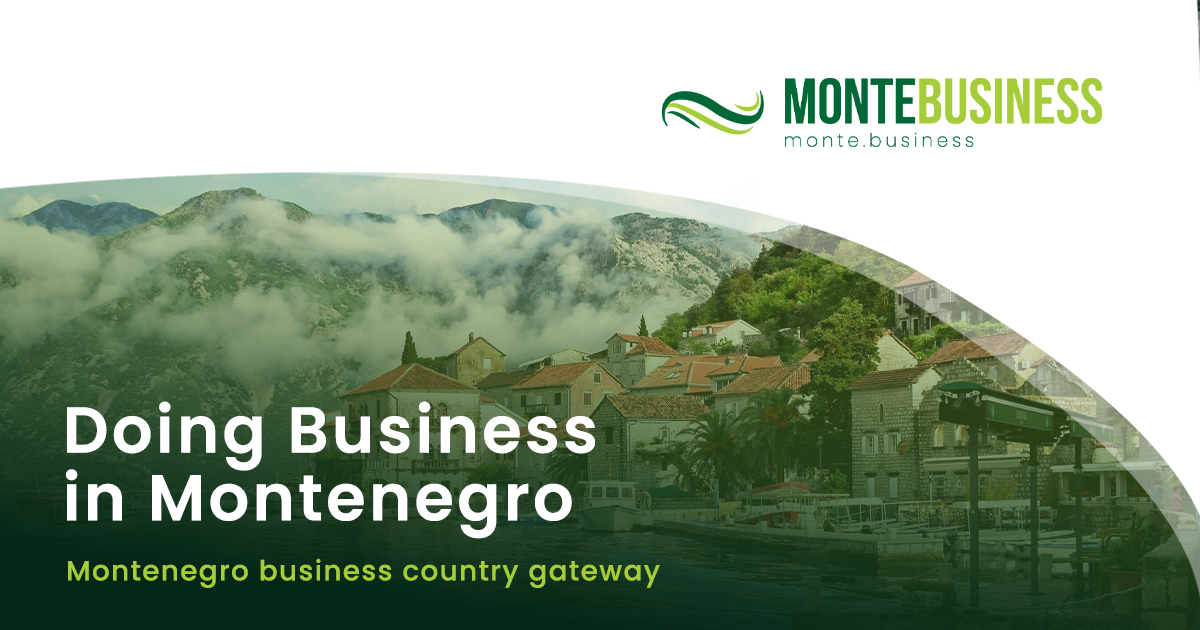Montenegro’s tourism sector is on the brink of a serious crisis, and the situation is becoming increasingly alarming each year. Žarko Radulović, co-owner of Montenegro Stars and president of the Montenegrin Tourist Association, emphasizes that despite hopes for improvement, the industry continues to deteriorate. His analysis of this year’s tourist season reveals numerous structural problems deeply affecting the industry, including a poor pre-season, a drastically shortened peak season, inadequate infrastructure, and traffic issues.
One particularly concerning finding from a survey of tour operators indicates that every second tourist does not plan to return to Montenegro. This statistic highlights a failure to meet visitor expectations and raises serious questions about the future of one of the country’s key economic sectors. Radulović points out that the increase in VAT on accommodation from 7% to 15% has worsened an already challenging situation, representing a significant blow to the tourism industry.
He compares the current state of tourism to playing Russian roulette, warning of the long-term consequences if urgent actions are not taken to secure the future of Montenegrin tourism. Radulović criticizes not only tax policies and infrastructure issues but also the elimination of the national airline, which he believes has further hindered the attraction of visitors and the sustainability of the tourism sector. He stresses the importance of immediate action to prevent catastrophic effects on the country’s economy.
This year’s tourist season has been atypical, with an exceptionally weak pre-season and a peak season that failed to meet usual standards. Radulović notes that the peak season lasted less than 30 days, accompanied by serious transportation and municipal service problems. A survey conducted mid-August revealed that half of the tourists surveyed did not plan to return, marking a worrying trend.
The issue of taxi services has also resurfaced, with taxi drivers attempting to exploit the situation for additional profits, often at the expense of visitors. While Montenegro might seem cheaper compared to Croatia, poor organization and chaos contribute to a negative impression among tourists. Problems such as unregulated pedestrian crossings and a lack of traffic signage reflect deeper structural issues that threaten the long-term stability of Montenegrin tourism.
The recent increase in VAT on accommodation has negatively impacted the tourism economy. Initially shrouded in secrecy, the details of this decision only became clear recently. Despite efforts to communicate the detrimental effects of this measure to the government, it has remained unchanged, placing an enormous financial burden on the industry.
Radulović stresses that while food and beverage taxes have decreased from 21% to 15%, the increase in accommodation VAT puts significant pressure on businesses. For him, this means potential price hikes of 13% to cover costs, which would be untenable in an already disorganized destination. As a result, he is forced to reduce investments in the industry, which are crucial for maintaining competitiveness and improving offerings for guests.
Radulović sees the dismantling of the national airline as a significant blow to tourism and other sectors, noting that the situation continues to deteriorate. He believes that those in power do not grasp the gravity of their decisions, and the consequences may be intentional, undermining the interests of the country.
He points out that many tourist destinations worldwide have recognized their mistakes and are working to correct them. Montenegro must also quickly restore normalcy to make its tourism product competitive and appealing again. Other countries, like Albania, are becoming examples to follow.
The current state of the tourism industry is characterized by a divide among visitors, with wealthier tourists gravitating toward the Bay of Kotor, while Budva appears to be slipping in appeal. Although revenue remains satisfactory, Radulović acknowledges a missed opportunity in the menu offerings this year, which failed to include popular dishes that defined the guest profile.
In contrast to other countries where purchasing simple items can be cumbersome, Montenegro provides a unique situation where visitors can easily enjoy local cuisine on the beach. However, without addressing the broader structural challenges, the future of Montenegrin tourism remains uncertain.








